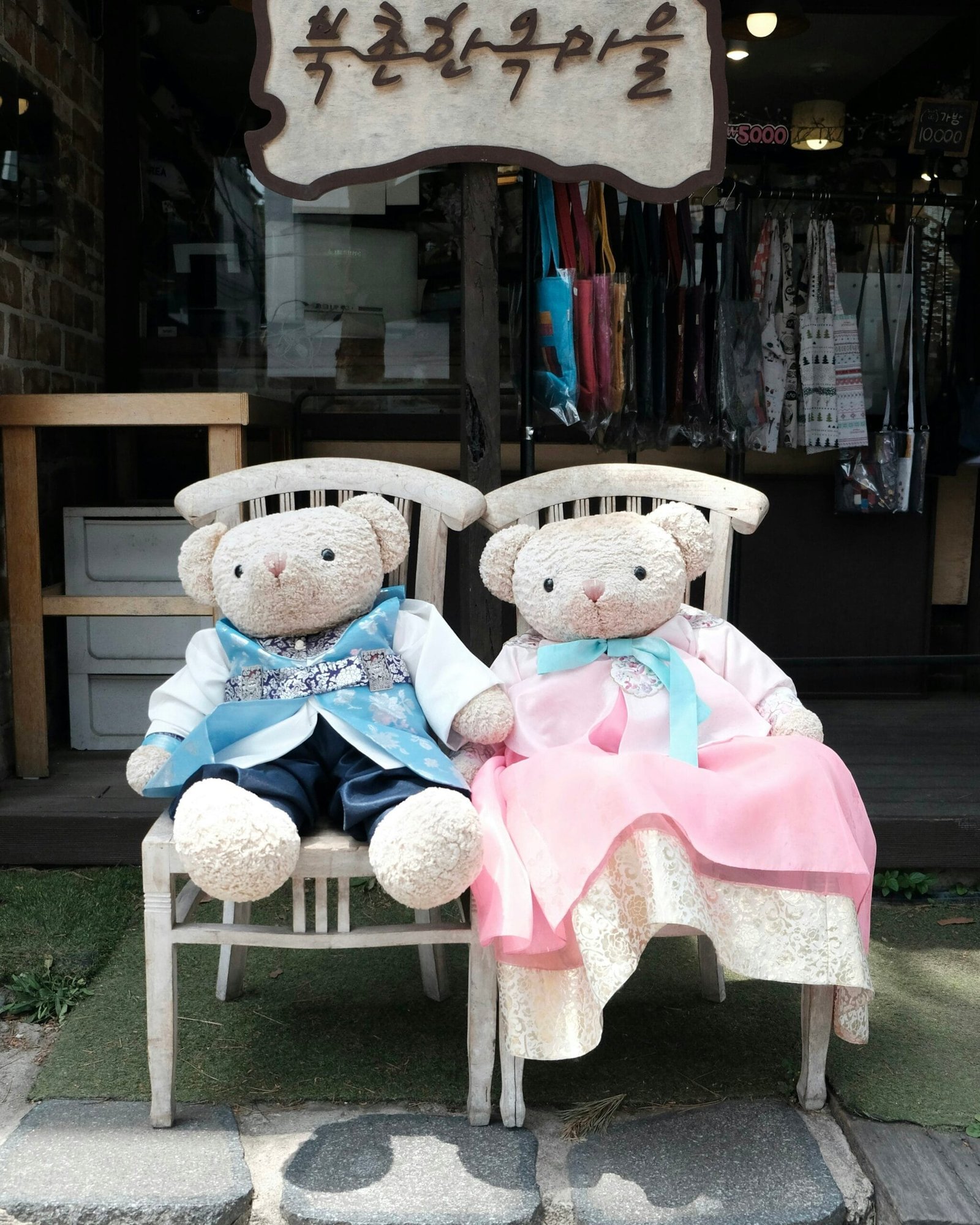Have you ever wondered about the deep cultural significance behind the traditional dishes served at a Korean wedding? Food in Korean culture is not just about nourishment; it’s an intricate tapestry that weaves together customs, history, and meaning, especially during important ceremonies like weddings. In this article, we’ll journey through the fascinating world of traditional Korean wedding dishes, exploring how these culinary delights are more than just a feast—they are symbols of a rich cultural heritage.

Understanding Korean Wedding Traditions
Before we dive into the dishes themselves, it’s important to understand the broader tradition of Korean weddings. Historically, Korean weddings have been a community-centered affair, steeped in rituals that symbolize the joining of two families rather than just two individuals. These customs are deeply rooted in Confucian beliefs, emphasizing family, respect, and a harmonious balance.
The Korean Wedding Ceremony
The traditional Korean wedding ceremony, known as “Pyebaek,” is filled with symbolism and rituals designed to bring luck, fertility, and harmony. During the ceremony, the couple wears traditional hanbok, a beautiful representation of Korean heritage. The ceremony itself involves bowing rituals, the offering of different foods to ancestors, and even specific acts like catching dates and chestnuts as a blessing for children.
Key Dishes in a Traditional Korean Wedding
Food is a central pillar in the Pyebaek ceremony, as well as in the celebratory feasts that follow. Each dish served is carefully curated, symbolizing positive aspects such as prosperity, fertility, and unity. Let’s explore some of these significant dishes and what they represent.
Tteok (Rice Cakes)
Rice cakes are indispensable in Korean celebrations, especially weddings. Tteok symbolizes happiness and a new beginning. The chewy texture and the myriad of colors and shapes represent the diversity and richness of life.
Types of Tteok for Weddings
- Baekseolgi: A white rice cake, symbolizing purity and new beginnings.
- Sirutteok: Known for its layers, representing the layered journey of marriage.
- Injeolmi: Dusted with powdered beans or nuts, symbolizing luck and prosperity.
Kimchi
Kimchi is more than just a staple in Korean cuisine; it’s a reflection of Korean identity. At weddings, it symbolizes the bride’s willingness to adapt and compromise, much like the fermenting process that kimchi undergoes to reach its delightful state.
Galbi (Marinated Beef Ribs)
Galbi is typically served to honor the guests, symbolizing the bride and groom’s gratitude for their presence. Additionally, it represents a wish for health and strength in the newly formed familial bonds.
Jeon (Pancakes)
Jeon, or Korean pancakes, is often part of the offerings during the wedding ceremony. They symbolize fertility and the hope for many children. The round shape of these pancakes is symbolic of harmony and togetherness.
Symbolism Behind Ingredients
Korean wedding dishes are thoughtfully prepared with ingredients that hold specific meanings and intentions. Let’s break down how these ingredients contribute to the dishes’ cultural significance.
Colors and Their Meanings
In Korean culture, colors play a significant role, and the same is true for wedding dishes. Each color can reflect a particular aspect of happiness and good luck.
- White: Purity and cleanliness, often found in Baekseolgi rice cakes.
- Red: Represents joy and positivity, common in spicy kimchi.
- Green: A symbol for youth and growth, seen in fresh vegetables and herbs.
Importance of Balance and Harmony
The concept of Um and Yang, akin to Yin and Yang in Chinese philosophy, also influences dish preparation. Dishes aim to achieve harmony in flavors, colors, and presentation, reflecting the desired harmonious relationship of the newlywed couple.
The Role of Ancestors and Offerings
In Korean culture, honoring ancestors is a crucial ritual, especially in weddings. Specific foods are presented as offerings to invite the ancestors’ blessings for a fruitful marriage.
Ritual Offerings
During the Pyebaek, a table filled with symbolic foods is dedicated to the ancestors. These include:
- Dry fish: Signifying fertility.
- Dates and Chestnuts: Represent the hope for many sons.
- Fruits: Symbolize prosperity and beauty.

Celebratory Feast: Sharing and Community
After the ceremony, a grand feast usually takes place where family and friends come together to celebrate. This meal is a significant part of the wedding, emphasizing the importance of community and shared joy.
Banchan: Side Dishes
The concept of Banchan, small side dishes accompanying the main meal, demonstrates the diversity and abundance in Korean cuisine. Banchan at weddings showcases a mix of savory, sweet, and tangy flavors, symbolizing the colorful journey of married life.
Contribution of Guests
Interestingly, guests at Korean weddings often contribute food to the feast, reflecting the communal bond and support for the new couple. This tradition underscores the collective nature of Korean culture, emphasizing the importance of the familial network in sustaining relationships.
Changes and Adaptations in Modern Times
Over the years, Korean weddings have evolved, incorporating modern elements while still honoring traditional values. Interestingly, many Korean couples today opt for a blend of contemporary and traditional ceremonies.
Influence of Western Culture
As Western influences grow, many Korean weddings now feature elements like white wedding dresses and modern venues. Yet, the essence of the traditional Pyebaek ceremony and its associated dishes remains a cherished aspect.
Preserving Tradition
Despite modern twists, there is a strong movement to preserve traditional Korean wedding customs. Many young couples choose to uphold their heritage by including traditional dishes and ceremonies, ensuring these cultural treasures continue to live on.

Conclusion
The cultural significance of traditional Korean wedding dishes is vast and meaningful, steeped in centuries-old customs that reflect values such as harmony, prosperity, and community. Each dish serves as a vessel of stories, beliefs, and hopes for the future. Whether you’re attending a traditional Korean wedding or simply exploring its rich culinary landscape, understanding these dishes’ meanings offers a deeper appreciation for the vibrant culture and intricate traditions of Korea. As weddings continue to evolve, the timeless significance of these dishes remains a poignant reminder of where we come from and the journey that marriage represents.
